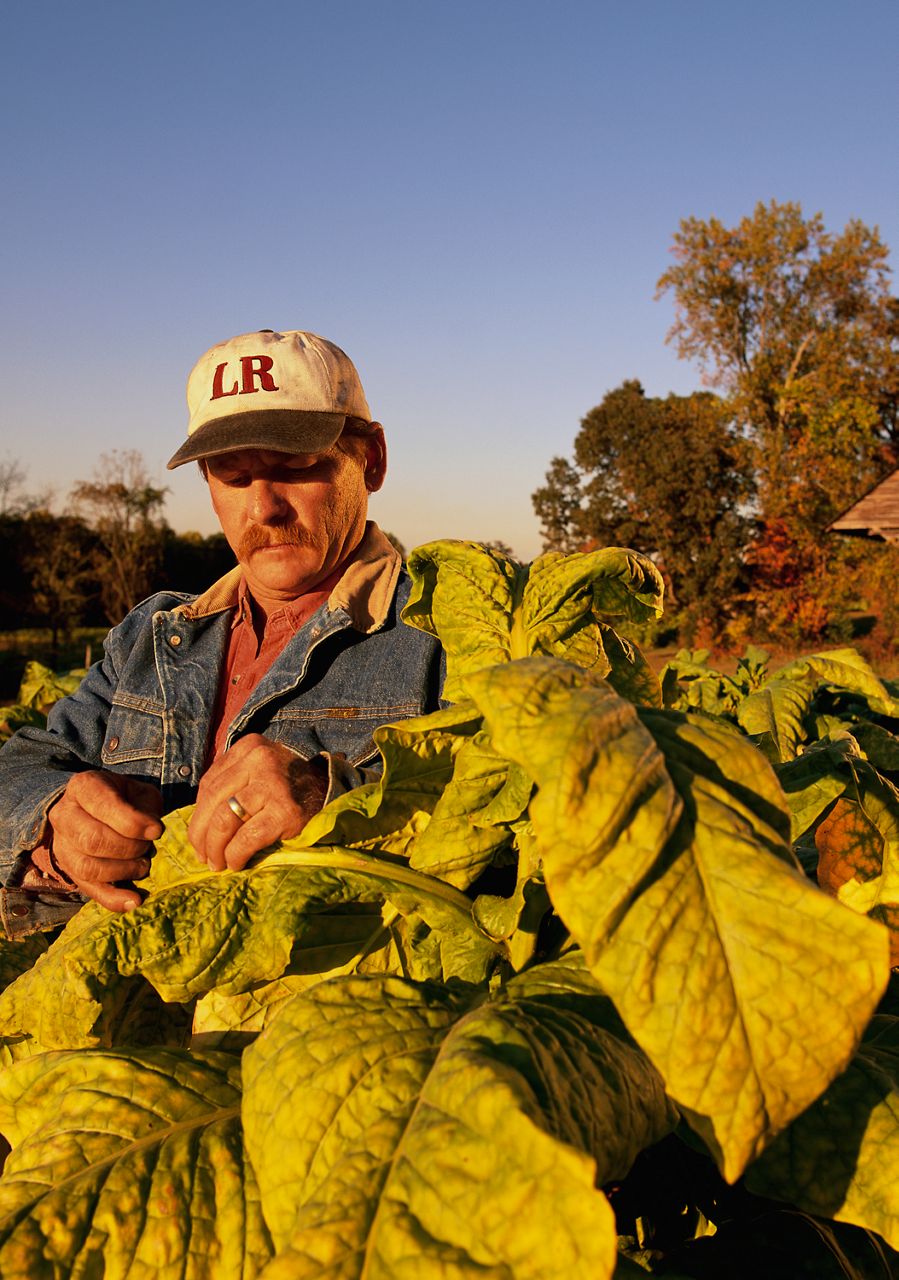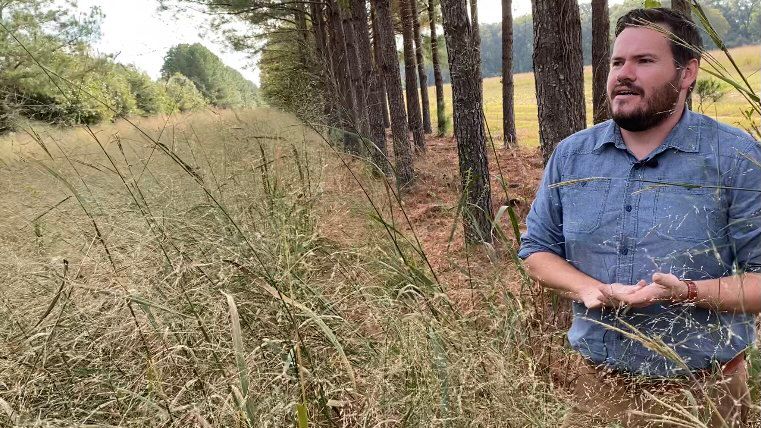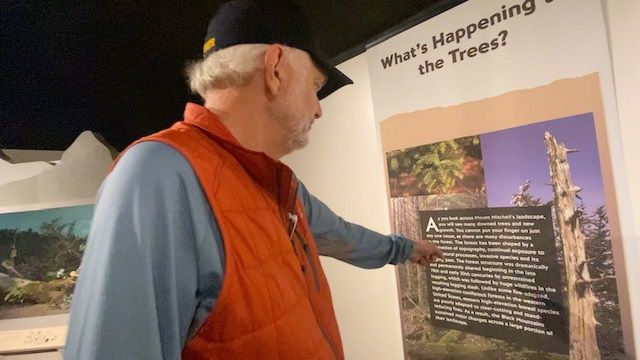NORTH CAROLINA — For decades in North Carolina, tobacco was king. Textile and furniture manufacturing also provided a good living for generations of working families, but the state is changing.
Tobacco fields are unused or farmers have transitioned to other crops. Factories that used to house machinery now serve as apartment homes for upscale families.
It wasn't all that long ago that tobacco reigned supreme here. The state's dry, sandy soil is ideal for the plants to grow.
Also, in the mid 20th century, furniture making flourished, and 60% of furniture made in the country was made within a 150 mile radius of High Point. Looking as far back as the 1920's, hundreds of textile mills were found around the state as well, employing tens of thousands of people.

“Its economy has really been transformed in the span of four decades,” says NC State Professor and Economist Micheal Walden, when speaking of the state's leading industries.
A lot of that change happened under the direction of former governor Jim Hunt.
Hunt grew up on a farm in Wilson County and would eventually go on to be North Carolina's longest serving governor. Near the end of his tenure is when a ”Vision 2030” was created.
“Vision 2030 came about because a lot of us were thinking about it,” Hunt says. “We had the board of science and technology – that was appointed by the governor, but compromised of people from university, from industry, from business who were aware of what the economy was going to be like and what we were going to need to be prepared for it.”
Hunt says he "pushed very hard" to view the places where focus needed most.
“We started attracting these companies in. I created a micro-electronics center. I created a bio-technology center. These were centers that were accumulating knowledge and helping companies get access to the best information,” Hunt says.
Norris Tolson has held many roles in leadership in North Carolina, including commerce secretary under then governor Jim Hunt.
He says the groundwork that Hunt and other governors laid to change the economy was insightful and proved to be very smart moves.
“Back when Governor Hodges created Research Triangle Park everybody looked at it and said 'it’s a bunch of pine trees' nobody is ever going to want to come here,” says Tolson, who now heads an economic development agency in Eastern North Carolina.
“But they didn’t stop there. What the governor did at that time, and what future governors did behind him, is he took a great asset and then he married it up to the business community, and said the business community ought to know about what we have to offer and then they said the third leg of that stool is that we want to take the education so that we can offer the full ball of wax to a client in North Carolina.”
There was also a renaissance happening in the 70s and 80s in the banking industry.
“So you saw a process of both trying to improve efficiency, and reduce risk, which led to pretty rapid consolidation in the industry,” says John Allison, the former CEO of BB&T Bank. “And North Carolina led the way because our laws had actually been more liberal than many states.”
Banking is now synonymous with North Carolina, ranking second in the nation for its banking center, which is largely located in Charlotte.
Put all of this together and now North Carolina is known as a leader in banking, food processing, tourism, and bio-tech.
“What I think is very interestingly about North Carolina, is you could have said their major industries are going to get clobbered, this state is going to fall down,” says Walden. “And it hasn't.”
“People need to understand this isn’t just frivolous stuff. This is our future,” says Hunt. “These are our jobs. These are our chances for our children and our families.”
And they are quick to point out the work is not complete.
“That’s North Carolina, and we’ve got to keep it up,” Hunt says.










